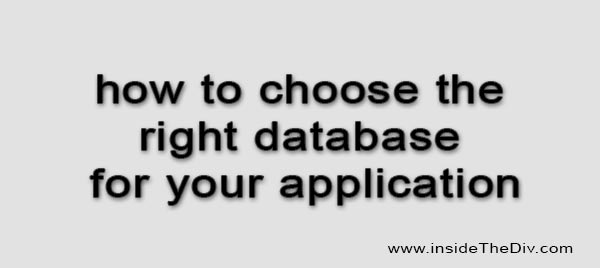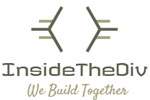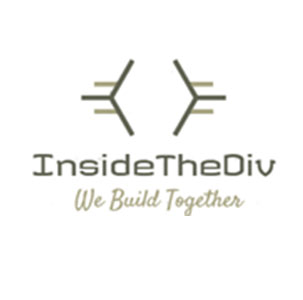How to choose the right database for your application explain with example
Last Updated: 2022-12-22 05:03:44
Choosing the right database for an application is an important decision that can have a significant impact on the performance, scalability, and overall success of the application. There are many factors to consider when selecting a database, and the right database will depend on your specific needs and requirements.
Five key steps you can follow to choose the right database for an application
- Define your requirements: Identify your specific needs and requirements for the database, including the type and amount of data you need to store, the performance and scalability needs, and any other specific requirements.
- Research and compare different databases: Look at the features and capabilities of different databases and compare them to your requirements. Consider factors such as the database model (relational, document-oriented, etc.), the query language (SQL, NoSQL, etc.), the scalability and performance capabilities, and the cost.
- Consider the cost: Compare the costs of different databases, including any upfront costs, ongoing maintenance costs, and any additional costs for additional features or support.
- Evaluate the vendor: Consider the reputation and track record of the database vendor, as well as any available support options.
- Test the database: Once you have narrowed down your choices, it can be helpful to test the databases to see how they perform in your specific environment. This can help you make a more informed decision.
By carefully evaluating these and other factors, you can choose the right database for your application and set it up for success.
An example of how to choose the right database for a real-life application scenario
Imagine you are a software developer working on a new social media app that allows users to create and share posts. You need to decide on a database to store the user and post data for the app. You have identified the following requirements for the database
- The ability to store user information, including name, email, and password
- The ability to store post information, including text, images, and metadata
- The ability to quickly retrieve and display posts for a specific user
- The ability to handle at least 1 million users and 10 million posts
- The ability to support high write and read traffic
Based on these requirements, you begin researching different database options. You consider factors such as the database model (relational, document-oriented, etc.), the query language (SQL, NoSQL, etc.), the scalability and performance capabilities, and the cost.
After reviewing several options, you decide to test two databases: MySQL and MongoDB. You set up test environments and load test data into each database to see how they perform. You also evaluate the vendor's reputation and support options.
After testing both databases, you determine that MongoDB is the best fit for your application. It meets all of your requirements and performs well in your test environment. It also has a lower total cost of ownership compared to MySQL. You decide to use MongoDB as the database for your social media app.
This is just one example of how you might go about choosing the right database for your application. The specific process will depend on your specific needs and requirements. You can learn more about the Database Management System.
Ultimately, choosing the right database is a strategic decision that requires careful consideration of your specific needs and requirements. It is important to take the time to thoroughly research and evaluate different options before making a final decision.
Still you face problems, feel free to contact with me, I will try my best to help you.

